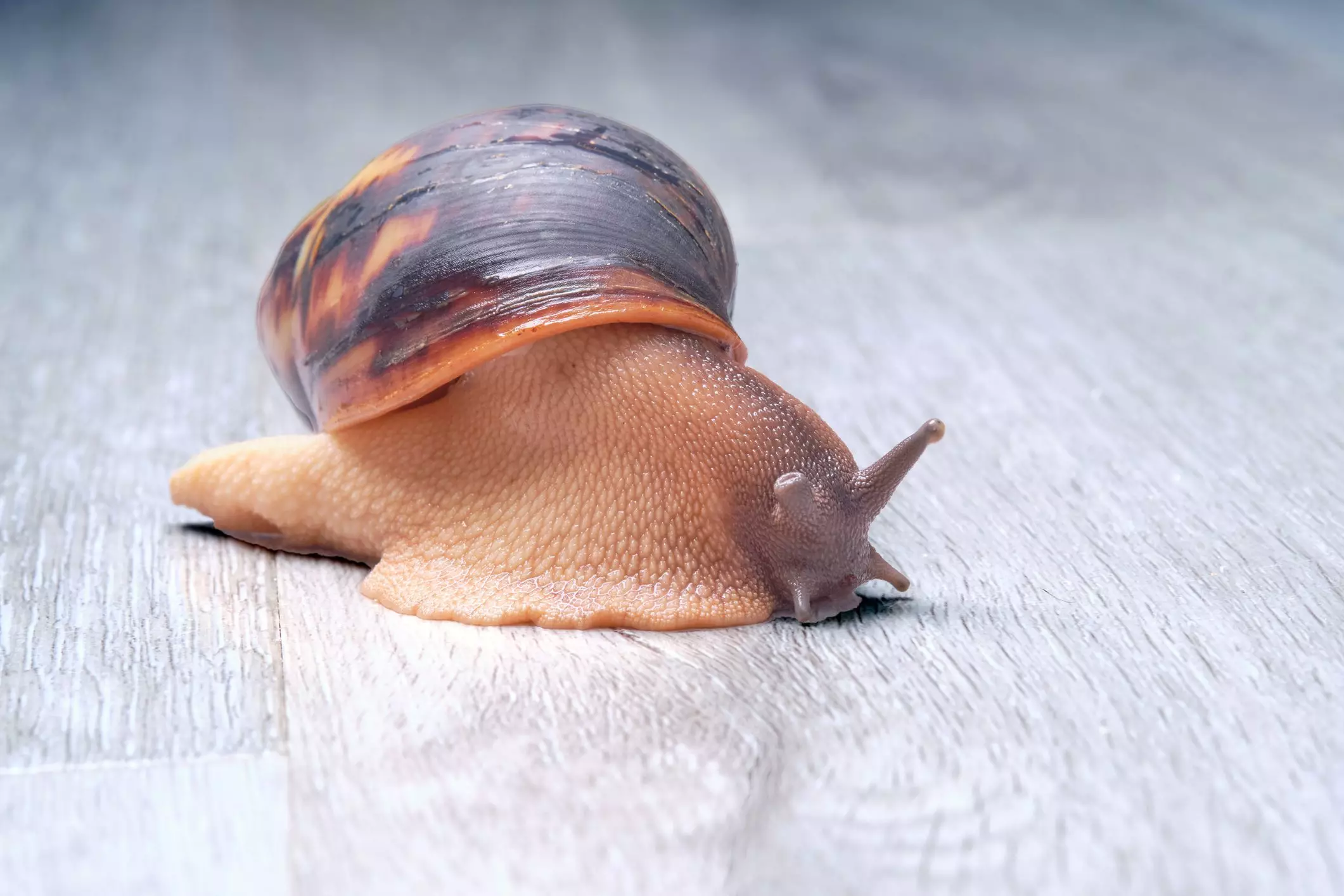When it comes to ensuring the well-being of our pets, understanding their behavior is essential. Pet snails, with their leisurely pace and serene existence, often leave their owners perplexed. One of the most common challenges pet snail owners face is determining whether their snails are asleep or exhibiting concerning behaviors. This article aims to delve into the sleeping habits of these fascinating gastropods and explore how to care for them effectively.
The Science of Snail Sleep: What We Know
Historically, little attention has been given to the sleep patterns of snails, leading to misconceptions about their behavior. Prior to 2011, many believed snails had ambiguous sleeping habits. However, groundbreaking research conducted by Canadian scientists has shed light on this topic. The study focused on pond snails and uncovered a complex sleep cycle that deviates significantly from the typical 24-hour rhythm observed in mammals.
In their findings, researchers noted that these snails exhibited intermittent sleep over an approximate 13-hour period. During this time, they experienced around seven sleep bouts, lasting 21 to 23 minutes each. Following this brief resting phase, the snails would remain active for 33 to 41 hours. Unlike humans, who tend to sleep predominantly at night for longer periods, pond snails are indifferent to the time of day when their sleep occurs. This unique pattern indicates that, although snails do sleep, their cycles mimic neither the human nor the conventional diurnal rhythms of other animals.
For many snail owners, differentiating between a sleeping snail and one that may be unwell can be a daunting task. Snails indeed have a distinct appearance when asleep—namely, a relaxed body with their mantle and tentacles appearing at ease. Furthermore, when snails are asleep, their radula (often referred to as their tongue) shows little interest in food, indicating a dormant state.
If you find yourself in doubt about your snail’s awake status, patience is key. Given that snails typically sleep for only short periods (20 minutes at most), simply waiting for half an hour can provide clarity. If your snail remains inactive for extended periods beyond this, particularly over 24 hours, it could be a signal of either hibernation or a deeper health issue that warrants further investigation.
Lifespan Considerations and Environmental Factors
Understanding the lifespan of snails is crucial for responsible pet ownership. Wild garden snails have a life expectancy of less than five years, while those kept in captivity can sometimes live much longer, even exceeding ten years with proper care. Conversely, larger land snails, such as the giant African land snail, can live for over a decade. Knowing your snail’s expected lifespan can help temper your expectations and guide your care approach.
A significant factor influencing a snail’s life and behavior is its environment. Snails thrive in conditions that mimic their natural habitats. Factors such as temperature and humidity play a pivotal role; ideally, snail enclosures should maintain a temperature range of 65 to 80 degrees Fahrenheit. If conditions are too cool and dry, snails may enter hibernation—a state where their metabolism slows dramatically in response to environmental stressors. This mechanism allows snails to survive prolonged periods without food or water, yet it can easily be misinterpreted as sleep.
Should there be a need to awaken a sluggish snail, the most effective and gentle method is through tactile interaction. Lightly petting the snail’s body will often rouse it from its slumber. Placing food in proximity can sometimes do the trick, but physical contact is usually more reliable. It’s critical to avoid handling snails by their shells—they are delicate creatures and this could result in injury or even death due to damage to their mantle.
If you notice your snail coated in mucus or buried beneath the substrate, it could signify that it’s entering a state of estivation due to excessive heat and dryness or preparing for survival during winter hibernation. These protective mechanisms are essential for preserving the snail’s health.
Caring for a pet snail requires understanding its unique behaviors and needs. By recognizing their sleeping patterns, lifespan, and how to respond to their states of rest and activity, snail owners can significantly improve their pet’s quality of life. Whether you’re a seasoned snail enthusiast or a curious beginner, nurturing these gentle creatures can be a rewarding experience. Understanding their intricacies not only enriches the owner’s experience but also fosters a healthy habitat for these extraordinary animals.

